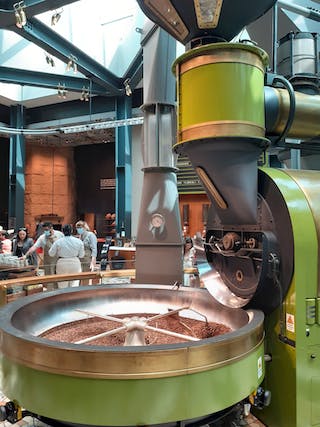There are many industries that use conveyor systems to transport materials and goods. You need to ensure regular maintenance in order to maintain the performance and longevity of these systems.
It is important to have a regular inspection schedule
So that potential issues can be identified before they become major problems. This should apply to all the components of the conveyor system such as bearings, belts, rollers and motors. By sticking to a comprehensive inspection schedule, you will be able to detect issues early on and take action to resolve them. Make sure to choose a reliable company for conveyor system install and maintenance so that you don’t run into issues that arise due to improper installation and alignment. There are many moving parts in a conveyor system such as rollers and bearings so it is important to maintain proper lubrication. This will reduce friction. If proper lubrication is not carried out, premature wear can occur. There has to be a schedule for this and the right lubricants have to be used for the components. Also, over-lubrication can be an issue so it is important to follow the instructions by the manufacturer.

You need to carry out proper training for the staff members
So that they have a good understanding of how to carry out routine maintenance. They should be trained to lubricate components, carry out minor repairs and conduct basic inspections of the conveyor system. This ensures that minor issues are detected and repaired early on without having every issue be resolved by external maintenance teams. This will minimise downtime as well. Cleaning is a big part of maintaining the conveyor system. You need to clean the system regularly so that dust, debris and spilled materials can be removed. If there is accumulated debris, this can affect the proper functioning of the conveyor system therefore, a cleaning schedule should be implemented. There are also cleaning mechanisms such as brushes and scrapers that can be incorporated into the system. The belt tension should be monitored there can be many issues that can arise from this. If this belt is too loose, it can lead to materials spilling and the belt can also slip. If there is excessive tension, it can cause accelerated wear.

There has to be predictive maintenance programme that uses monitoring devices
And sensors to track the health of different conveyor parts and components. You can use real-time data to identify potential issues and this allows you to carry out timely interventions. There are advanced analytics that you can use to predict issues. Misalignment of the belt is a common issue you will run into and this can lead to spilling of materials, increased wear and damage to the conveyor system. You need to check the alignment of the belts regularly and this can be facilitated by tracking systems that can automatically detect misalignments and correct them. The quality of the conveyor belt also have a big impact when it comes to efficiency and reliability of the system. You need to ensure the belt is suitable for the materials you are transporting.







